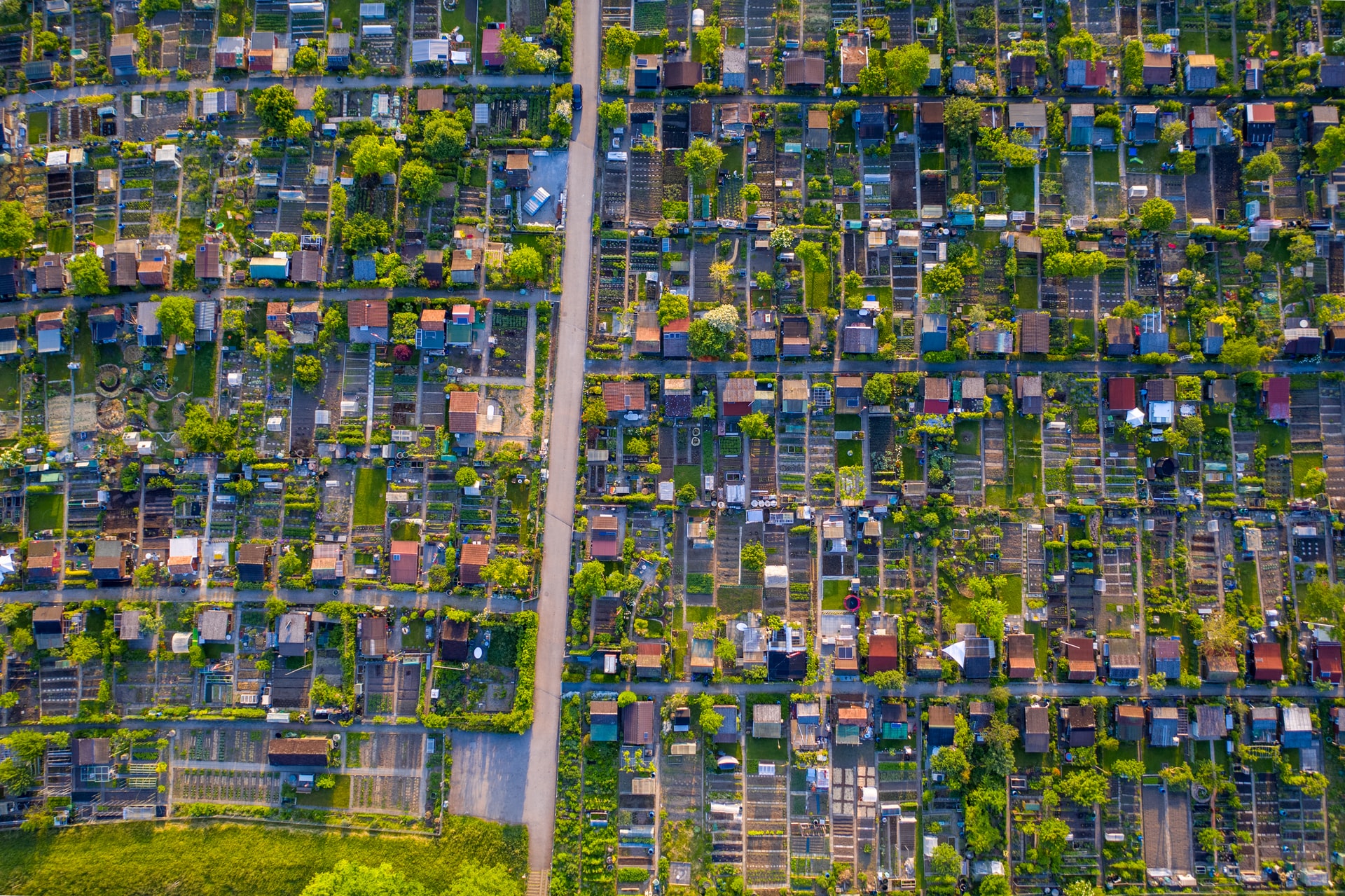by Marija Josifovska
Share

The word “parcel” is often used to describe larger properties. This term helps prospective buyers to find suitable lands for their intended real estate projects. However, a parcel of land can significantly vary in size depending on its location and features. For example, sometimes it can be as small as one-fifth of an acre. Other time it’s as big as a few hundreds of acres. Moreover, land parcels can be found virtually anywhere. Contrary to the popular opinion that, these are usually located in large open areas and most likely in rural environments.
To get a realistic measurement of the property, you should look into the custom specifications of the parcel. In today’s read, we’ll try to explain exactly how big a parcel of land is through some useful examples.
Types Of Land Parcels
As we mentioned, a parcel of land can vary in size. Hence, it’s helpful to understand how the property size correlates to the land’s location, classification, and intended use. To help you grasp how big a parcel of land is, we’re going to illustrate the different types of land and how their uses.
Rural Land
You’re most likely to find large parcels of land in rural areas. These properties will likely be at least one acre but can go up to several hundreds of acres. For that reason, they are often used for industrial purposes. That being said, rural properties are still versatile. So many aspiring homeowners who want to get away from the city bustle acquire smaller parcels in rural areas to build their dream homes.
Here are a few types of land parcels you can usually find in rural areas:
Industrial Land
Industrial sites are often situated outside the city because rural environments usually offer large and more affordable acreage. The size of parcels of land for industrial purposes varies depending on the use. For example, a lot of plots used for a small warehouse can be found at a minimum of two acres. Whereas a factory can require a plot of land anywhere from just a dozen acres to 100 acres.
Farmland
Arguably the most common type of parcel found in rural areas are those intended for farming. In fact, farmland makes up about one billion acres of land in the US. However, if you want to use the land for large-scale agriculture, you’ll likely need more than one parcel. Large family farms in the US have average around 1,421 acres. Conversely, you could find a suitable parcel of land for a small family farm which averages 231 acres.
Residential Land
Residential plots of land are usually smaller in size as people don’t usually need large tracts to build their private residences. Usually, residential land parcels in rural areas are about one to two acres in size. However, many aspiring homeowners purchase larger parcels if they want space for a garden or plan to start a small-scale farm on-premises. In these cases, private residences can sit on a 5 or even 10-acre land parcel. It’s also possible that the landowners purchase vast tracts of up to 100 acres. This usually happens if they plan to set up an industrial-scale farm. Another reason can be to divide the property and sell the parcels individually.
Vacant Land
The US has about 1.9 billion acres of land, and the vast majority is undeveloped. Only 69.4 million acres, or 3.6%, are urbanized. The vacant parcels don’t have improvements or any immovable development on them. Most of these plots are usually not exceptionally large. Though, the potential for building projects or other commercial endeavors like farming or industrial concepts will ultimately influence how big a plot of land one needs.
Urban Land
Most large parcels of land have locations close to rural areas. In some cases, you can also find them within the city limits. Of course, you shouldn’t expect to see properties as large as in rural areas, but you can certainly find small and medium ones. As with rural land, the most crucial factor that determines the size of an urban parcel is its intended use.
Let’s see examples of how big a parcel of land usually is in urban locations.
Commercial Land
Starting a commercial business is one of the most common reasons why people purchase parcels of land in urban zones. Usually, companies require a larger area to be established than private residences. For example, the average acreage for building a business such as a retail center or a car dealership requires at least 5 to 10 acres. However, it’s different when it comes to smaller-scale businesses. You could be good to go with the land of 1 to 3 acres.
Private Residence
Many prospective homeowners opt to buy vacant land instead of already built houses. Not only are vacant lots affordable, but they are also a versatile asset. They also leave a lot of space for creativity and customization. You can often find vacant land of one-fifth acre vacant in densely urbanized cities. However, in smaller towns, you can also find plots of 2 or 3 acres in size.
How Big Is A Parcel Of Land: Final Thoughts
A parcel of land is defined as a specific area of land with well-defined borders. Even though it’s common to use the words “parcel of land” to describe larger properties, we’ve illustrated that you can find parcels of any size. Tracts, lots, and plots are all synonyms for parcels of land, so you shouldn’t confuse these terms when looking for land for sale. Larger parcels of land usually have locations near rural areas because there’s lots of open space. In the cities, you can generally find small to medium parcels of up to 10 acres. Knowing what is a parcel of land can guide your purchasing decisions, thus helping you make a wise investment and build your land portfolio.


